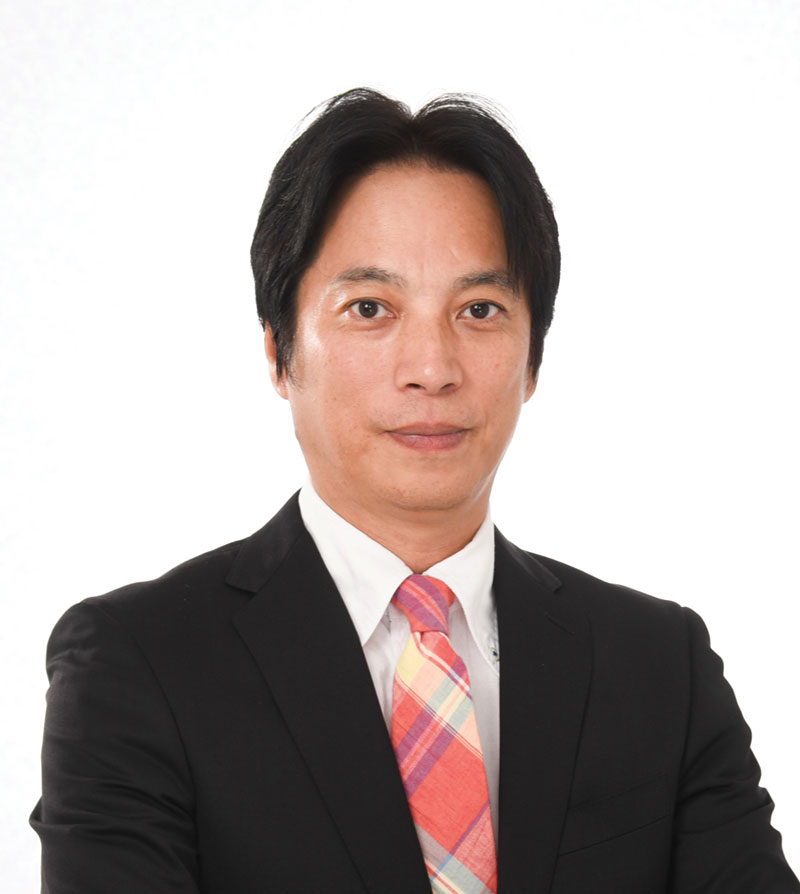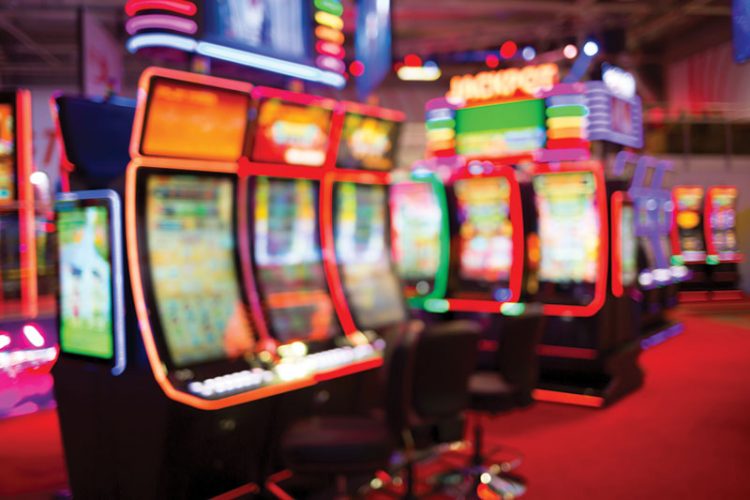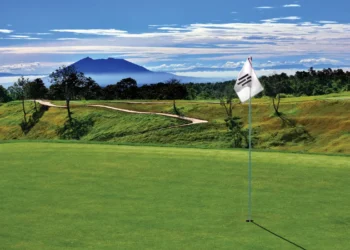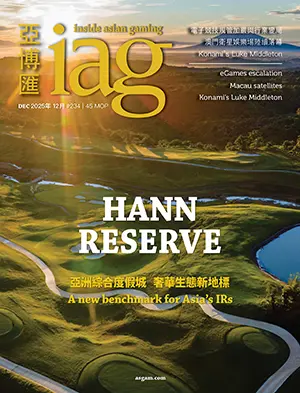In Part 2 of IAG Japan’s interview with Dr Naoyuki Nishimura, he discusses his role as Chairman of JSRG (Japan Sustainable Responsible Gaming) and the role of responsible gaming in the nation’s burgeoning IR and casino industry.
Shintaro Kamimura: We previously spoke about your role overseeing Japan’s Recovery Support Network, but you are also chairman of JSRG. Can you tell us about this organization?
Dr Naoyuki Nishimura: JSRG is one of the platforms in the world that has created a framework for and theorized Responsible Gaming (RG) over the past 20 years. In the most recent years the focus has been on the overseas casino industry. When I thought about public gambling and pachinko in Japan, and especially online gambling, there was nothing structured for it. So I decided to learn about it and create a support center to introduce to Japan, which led to the establishment of JSRG in 2019.
SK: How well does the overseas concept of RG translate to Japan?
NN: Japan has a unique set-up with pachinko and public gambling, so I believe that Japan also needs its own RG. I really don’t think it would go well to just bring the overseas methods over to Japan without any adaptations.

SK: RG seems to be successful in Singapore and Macau. For example, the rate of addiction in Singapore in 2005 was 4.1%, dropping to 0.9% in 2017. In Macau, the rate of addiction was 4.4% in 2003, which dropped to below 2.5% from 2016 to 2019.
NN: The reason they have been able to achieve those numbers and reduce prevalence rate among citizens is because they are using socialist management methods under the name of RG by not allowing public servants to gamble and charging residents an entrance fee (therefore restricting the entrance of local citizens to casinos). However, in Macau’s case, the addiction rate of customers from [the biggest customer bases of] Hong Kong and China are not all reflected in the statistics.
SK: Can entrance fees control addiction?
NN: Entrance fees have not had that effect in Singapore. That’s why they’re talking about increasing the fee. Actually, globally most researchers do not support the effects of entrance fees and there are many who consider entrance fees to be a higher risk. The idea is that the gambler may feel like they need to make back the entrance fee. Those researchers believe that this distorts their sense of reality.
While entrance fees can serve as a partial control method, there isn’t a lot of discussion about how they increase the risk of people who [pay the entrance fee] and go into the casino. Japan isn’t very logically or scientifically advanced on that topic yet. I think Japan needs structured initiatives.
SK: Japan is planning on charging local citizens entrance fees.
NN: Yes, in Japan as well the government is saying they will [impose entrance fees], but they also need to consider how to redistribute entrance fees in order to enhance the city and to sectors that won’t create problems, such as welfare. The candidate local governments are being questioned about how they will use their portion of the entrance fees, which would be a JPY3,000 to JPY6,000 fee.

SK: Are self-bans effective?
NN: Self-ban programs do have certain effects, but in the end they rely on self-application. In other words, it is voluntary, not forced. Furthermore, I believe the effects of self-ban programs in Asia are unique to the rest of the world.
SK: What should be done in regards to Japanese RG in the future?
NN: First, the true risk needs to be expressed statistically. Once the regions in Japan [where IRs will be developed] have been decided, they need to start city planning several years before the casino is actually built that includes which risk groups are prominent in that region and what needs to be invested.
However, unfortunately at this point in time that discussion is not happening. Things that can’t hold up in the framework of the era don’t become part of the local culture. If something is not integrated into the local culture, it disappears. I believe the difference is whether Japanese IRs are going to be a device of industry, or a cultural foundation.




























